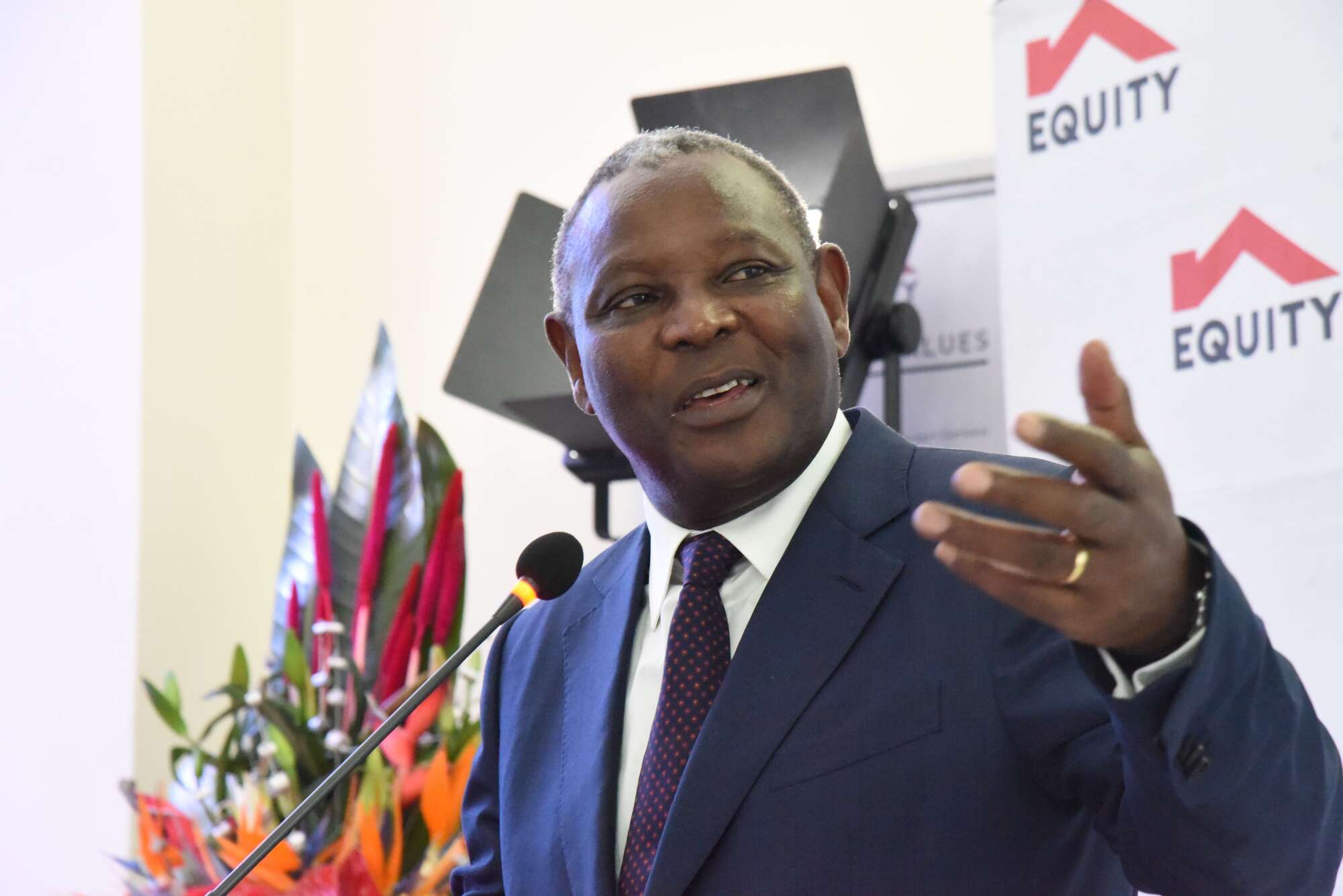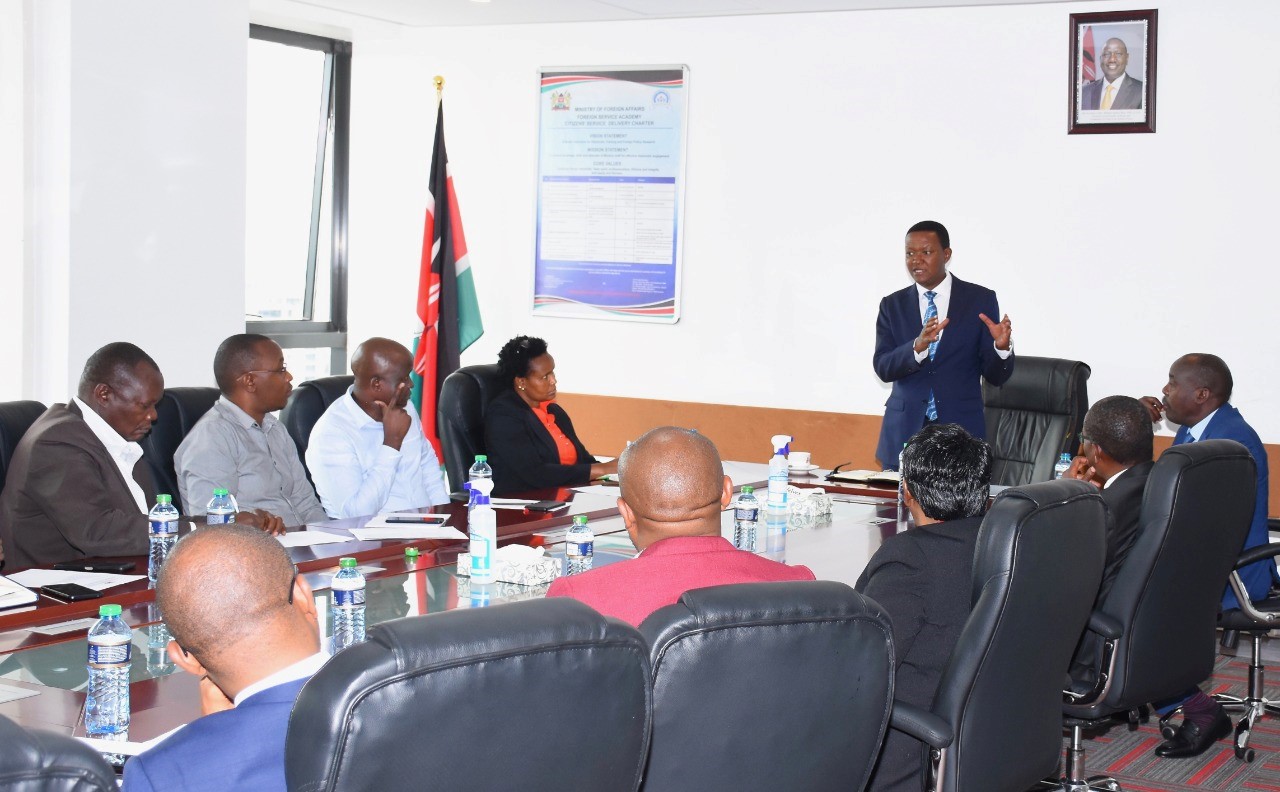Banks’ pre-tax profits for the first 11 months of last year to November reached a record Sh223.7 billion thanks to increased lending, paving the way for a dividend windfall for owners when full-year results are reported in March.
Pre-tax earnings are already 25 percent more than the 178.8 billion reported in a comparable period in 2021 and the Sh194.8 billion for the entire year, according to economic data from the Central Bank of Kenya (CBK).
Lenders like KCB, Equity, Absa Kenya, and Standard Chartered Bank Kenya, who had lowered or suspended payouts in 2020 owing to Covid-19 problems, resumed or raised payouts last year, preparing investors for another year of dividends.
The profit growth also prepares the ground for bonuses to be paid to bank executives in a field notorious for rewarding top management more generously.
Nine publicly traded banks—Equity, KCB, Co-op Bank, NCBA, Standard Chartered Kenya, Absa, Stanbic, DTB, and I&M—nearly tripled their dividend payments last year, from Sh18.8 billion in 2020 to Sh51.7 billion for the performance in 2021.
By the end of March, banks should announce their full-year results. Annual general meetings will then be held to approve dividend decisions.
The most recent improvement in profitability is a result of the ongoing economic recovery, which has allowed banks to increase lending while slowing the growth of non-performing loans.
Due to increased lending to important private sector sectors, the lenders’ loan book stood at Sh3.656 trillion at the end of the review period as opposed to Sh3.248 trillion at the beginning.
By the end of September, listed banks had increased their loan books by between 1.7 percent (HF Group) and 34.1 percent (Stanbic Bank).
Lenders have been able to earn higher interest income thanks to increased lending and an upward review of loan prices, while aggressive loan recoveries have prevented a substantial rise in loan default rates.
According to CBK data, 23 out of 39 commercial banks’ weighted average lending increased by September compared to June’s average rates.
With some upping the rates as high as 20%, several lenders have been raising the rates to reflect the risk profile of their customers, in part due to the CBK’s decision to raise the benchmark lending rates.
Personal overdraft rates varied between 9.3 percent and 15.2 percent as of September, while rates for personal loans with terms longer than five years ranged between 7.4 percent and 23.7 percent.
In an effort to contain inflation, which had increased for eight straight months to 9.6 percent in October before slowing to 9.5 percent and 9.1 percent in November and December, the CBK raised the benchmark lending rates three times last year, bringing them to close the year at 8.75 percent.
Despite missing out on fees and charges imposed on money transfers between banks and mobile money wallets as a result of the CBK’s freeze in 2020, bank earnings have increased.
Early this month, though, the fines were reintroduced.
Before the waivers were introduced in mid-March 2020, the lenders charged between Sh30 and Sh197, but the majority of them have reduced the fees in response to pressure from the CBK and clients.
Given that the banks have been losing out on billions of shillings, the reintroduction of the levies appears to be providing a boost to their earnings.
For instance, Equity and KCB claimed to have lost Sh1.2 billion and Sh2.2 billion respectively in 2020.
By the end of September, Equity, the market leader, had experienced a 32 percent increase in non-interest revenue, while KCB, Cooperative Bank, and NCBA had seen increases of 30.2, 28.3, and 40.1 percent, respectively.
Even in the absence of fees on transfers between telecoms and banks, the surge in non-funded income demonstrates that the lenders were benefiting from fees and commissions on the other chargeable transactions that have been on the rise.
Nevertheless, non-performing loans (NPL) continue to be a problem for banks. In November, the percentage of loans for which interest or principal was unpaid (the NPLs ratio) was 13.8 percent.
As a result of declines in NPLs totaling Sh24.6 billion in the building and construction, tourism, manufacturing, real estate, financial services, transport and communication, and commerce sectors, banks ended the third quarter with an NPL ratio of 12.3 percent.
However, the industry anticipates a slight rise in provisioning to protect the participants from the increased credit risk brought on by the continued inflationary pressures.



